
Textiles Sustainability: A fight to preserve the best of both worlds in fashion and the environment
Abraham Maslow (born 1 April 1908—died 8 June 1970) was an American psychologist popularly known for his theory explaining the various needs of man. This became known as the Maslow Hierarchy of Needs, which is divided into five stages. The first and most fundamental stage represents our basic needs: food, shelter, and clothing. This means these essentials enable one to have a fairly comfortable life because one cannot exist without the other. Clothing and Textiles have evolved over the centuries from using animal skins as clothes in prehistoric times to creating various clothing pieces and accessories from different types of fibres and materials in our modern age.
According to the United Nations Centre for Policy Research, the textiles and garments industry accounts for roughly 2 percent of global GDP as of 2024. These statistics are heavily influenced by industrialisation, the growing need for employment expansion, and the quota margins from leading economies in the sector. Aside from this influential mark the sector has on the global economy, it does not negate the disparities it creates in the ecological front. Since the textile and garment industry is among the leading industries globally, waste emissions and pollution are largely significant.
An article published by the European Parliament in 2024 highlights that textile production is responsible for about 20 percent of global clean water pollution. In 2020, textile products consumed in the European Union alone generated about 270 kg of CO2 (Carbon Dioxide) emissions per person, amounting to 121 million tonnes of greenhouse gas emissions. This is attributed to the rise of fast fashion and consumerist culture globally.
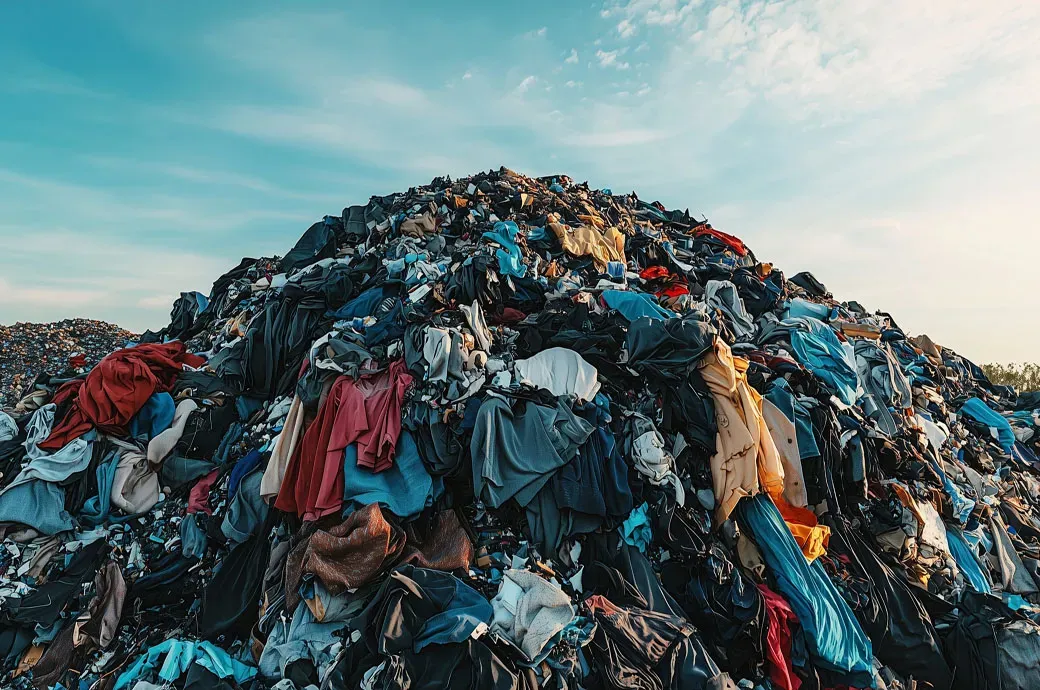
“Nearly 10% of microplastics dispersed in the ocean each year come from textiles” - ( data collected from Earth.Org )
The desire to own the latest fashion item and to prove societal status has this current generation in a chokehold. Influencer culture and a thirst for materialism create a consumerist culture where individuals spend lavishly on products beyond their consumption. The demand for goods by consumers puts manufacturers in positions that compromise their production processes and the environment.
Consumerism is defined by Miller (2006) as “The theory that a progressively greater consumption of goods is economically beneficial; Attachment to materialistic values or possessions”. Over-consumers believe that excessive purchase of materialistic items is equated to satisfaction or a fulfilled life. Day-in-day-out, numerous brands and celebrities advertise products to draw the attention of the masses and increase profit for their businesses. We then encounter a situation where consumers fail to do the due diligence of investigating products to determine their importance, the health and safety measures, and whether the product contributes to global sustainable development.
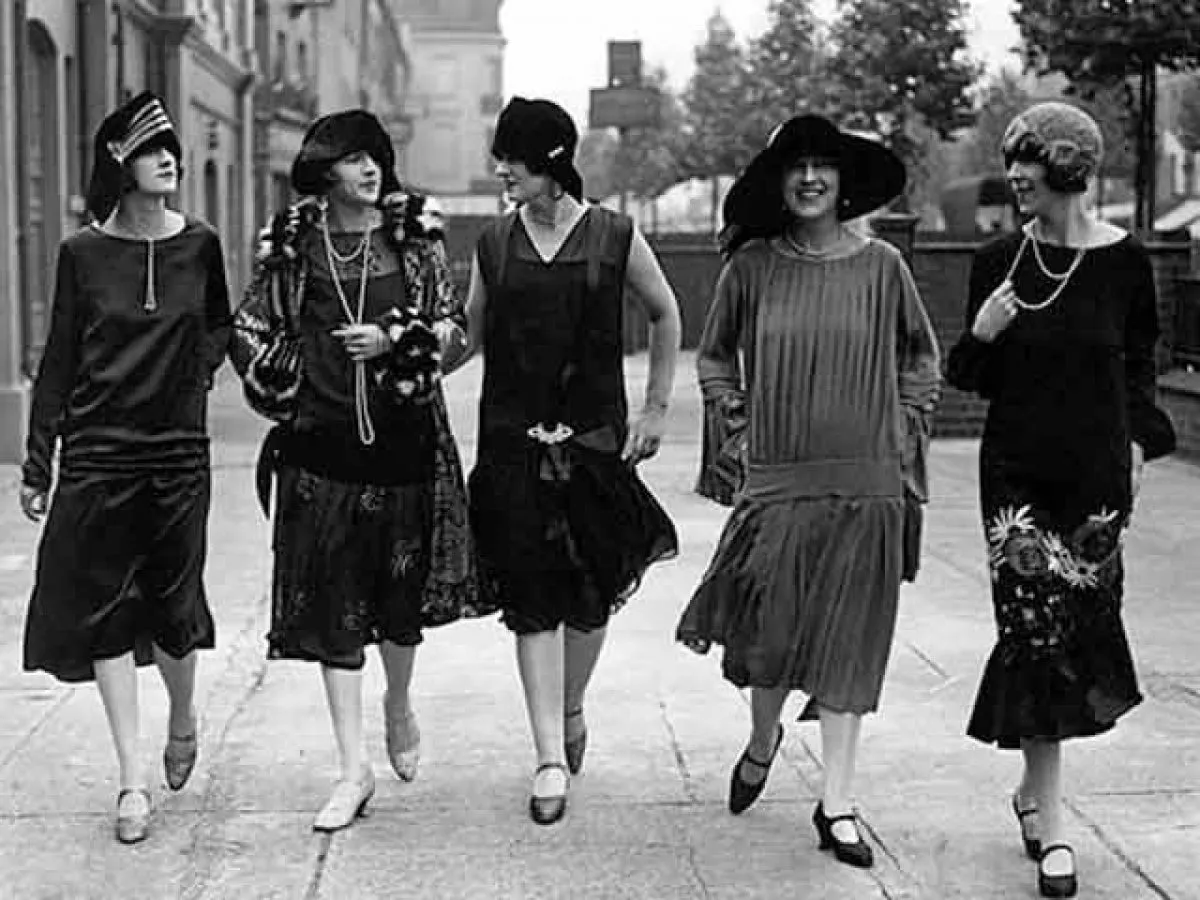
A study conducted by a Master’s student and professor of Ramaiah University of Applied Sciences, Bangalore, Karnataka, India, revealed that only 53.8% of people are aware of the effects of textile waste. This study only applies to a small percentage in India, which proves that a larger percentage of the world is unaware of the ecological threat from the textile and garment industry.
Fast fashion sprang up in the 1920s after the Second World War. The rise in industrialisation fueled the mass consumption of garments and textile products, and material things became the sturdy measure of wealth and happiness. Consumerism went through the roof due to a large deficit in basic needs such as clothing, shelter and food during the Great Depression. The Roaring Twenties served as a global shift from the wars into a season of large economic booms. People were freer, happier and optimistic, which affected the fashion scene.
“Buy less, choose well, make it last.” – Vivienne Westwood
Industrialisation had a parallel influence on the textile industry. The development of synthetic fibres, especially nylon and polyester, in the 1930s took the fashion industry by storm, which led to the production of faster and cheaper clothing as they became a huge preference for both manufacturers and consumers alike. The qualities that sold synthetic fibres to the masses were their adaptability and fluidity. They do not bear traditional static properties like natural fibres, and cut short the production process by a significant degree.
This is not a far cry from modern consumer culture. In a society where raw materials are scarce and finished products are in high demand, manufacturers bear the cost of using alternative materials in production to satisfy customers’ needs. Fast fashion brands such as Zara, Shein, H&M, Forever 21, Fashion Nova and Primark produce garments in low-quality standards using primarily toxic dyes and chemicals such as azo dyes and synthetic fibres.
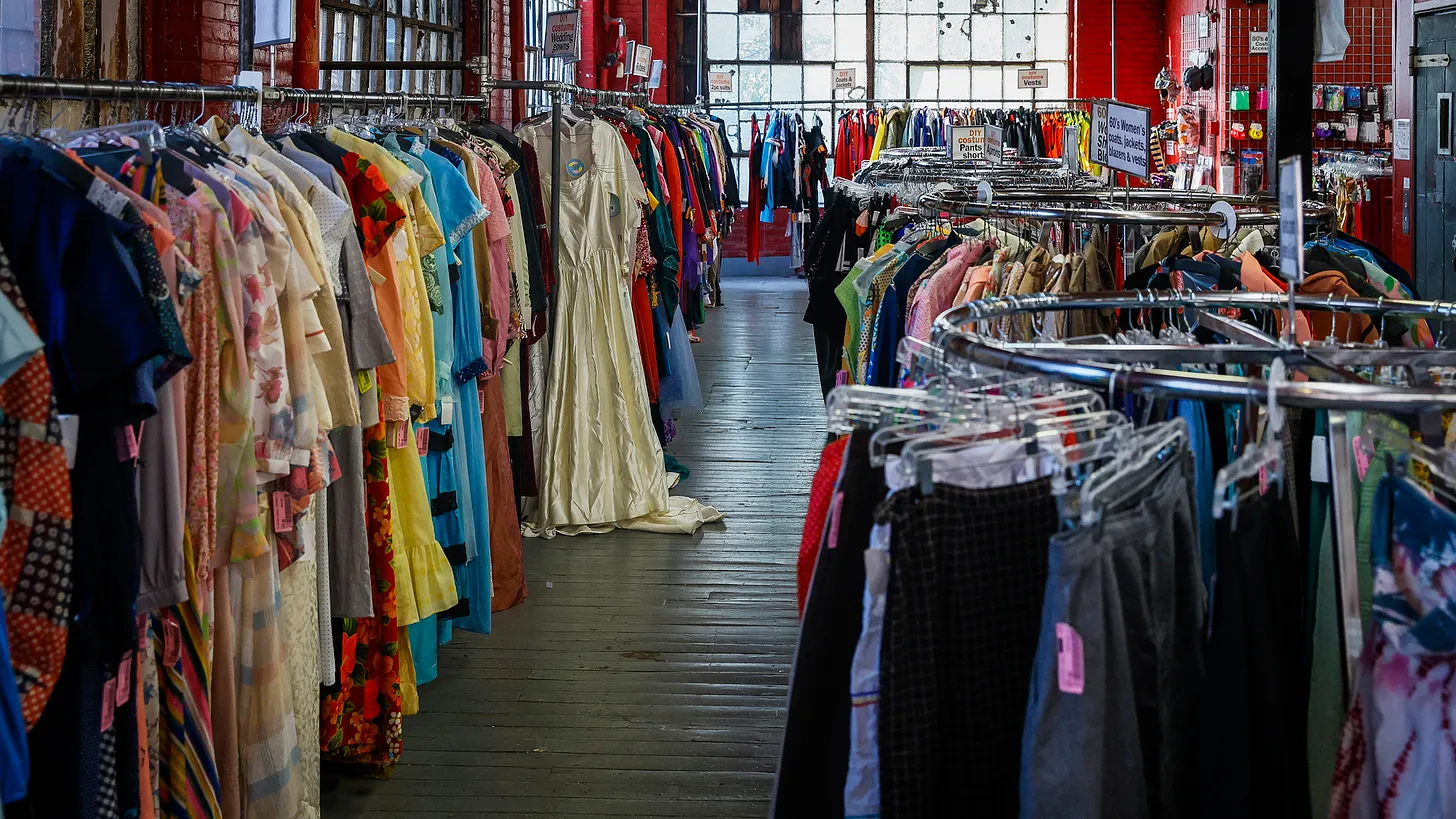
These brands also produce under unethical conditions and capitalise on cheap labour in countries such as Pakistan, India and Bangladesh. Working areas are poorly constructed, and garment workers are paid meagre amounts in exchange for a huge supply of garments. On 24 April 2013, the devastating news of the collapse of a textile factory in Bangladesh headlined all media outlets, which resulted in the death of over 1,134 garment workers and injuries to thousands more. Even more recently, luxury brand Balenciaga was boycotted in 2023 after the revelation of child labour and exploitation by internet users and the media.
According to the World Economic Forum, producing and consuming garments more sustainably could boost the global economy by almost $200 billion by 2030. In 2015, the United Nations Member States generated 17 Sustainable Development Goals (SDGs), congruent with the 2030 Agenda for Sustainable Development. All institutions and organizations were tasked to follow these goals to achieve a greener economy and maintain world peace and justice.
“Sustainability is about being responsible for the impact of our actions on the environment, on society, and on future generations.” - Christina Dean, founder of Redress fashion brand
Sustainability in Textiles can be defined as the production of textile products using eco-friendly raw materials under ethical conditions to satisfy the environmental needs and ensure a better life cycle from production to disposal. It can be enumerated in many ways, such as using regenerated or biodegradable fibres in the manufacturing process.
Regenerated fibres are different from synthetic fibres and are not necessarily natural fibres. These fibres are produced from reformed cellulose materials such as wood pulp dissolved in chemicals and extruded through wet spinning, jet spinning or other favourable spinning methods. Examples of such fibres are Lyocell, Modal, Viscose and Tencel. These fibres are more refined and have gentler environmental effects than natural or synthetic fibres. Their production process is shorter and designed to be in a closed loop, meaning the resources are reused and recycled to produce more. Linen Fox, Repreve, SeaQual, Lenzing, and Tencel are some brands spearheading the production of sustainable fibres.
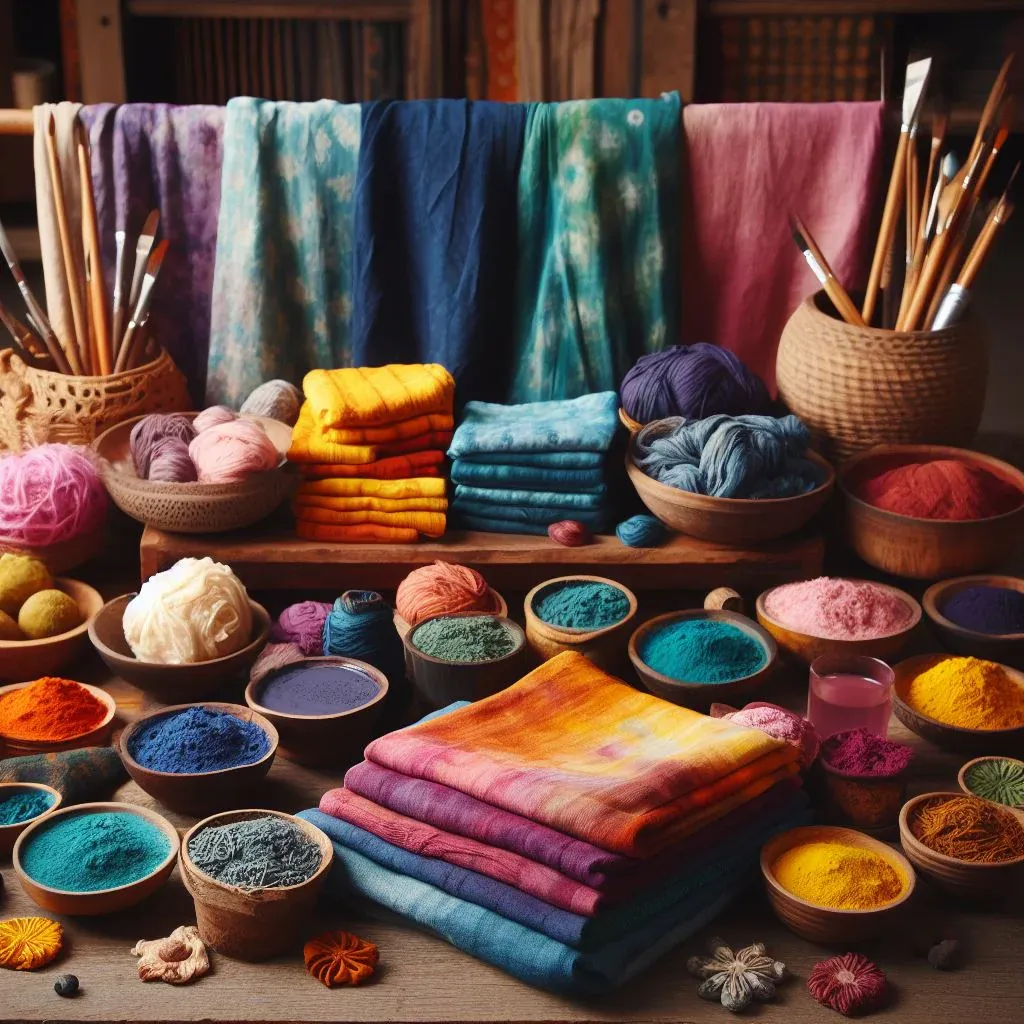
Sustainable dyes and dyeing methods can alleviate the impact that toxic dyes have on the environment. Most dyes have chemical compositions that are derivatives of petroleum or petrochemical solutions. These components have high carbon footprints that emit tons of greenhouse gases into the atmosphere and are very difficult to decompose. Thus, most chemical waste is channelled into water bodies or landfills, destroying the natural environment. Eco-friendly dye methods such as plasma and solvent dyeing pose less risk ecologically. The use of natural dyes, bio-mordants, and new dye technologies is being pushed as the standard norm in textile dyeing. Companies such as AirDye, DyeCoo, Faber Future and Werewool are among the current startups pioneering the sustainable dyeing field.
A better and greener economy lies in the hands of not just manufacturers but consumers as a whole. The best ways to maintain a circular economy are to reduce, reuse and recycle. Old or worn-out garments can be upcycled into newer products like bags, shoes, new clothes or even construction materials. Consumers can start to purchase products from more sustainable and ethical brands only sufficient to their needs. Excess garments can be donated to charity or recycled into rags and new fibres, and we, as a global collective, can strive to abide by the Sustainable Development Goals for a better and brighter future.
Author : SOLVEIG ABENA LARBIE-TETTEH
Exploring the issues of industrialisation, consumerist culture, fast fashion, and green economy.
Comments
Together we can make the world a better place for you and me.
5 months ago